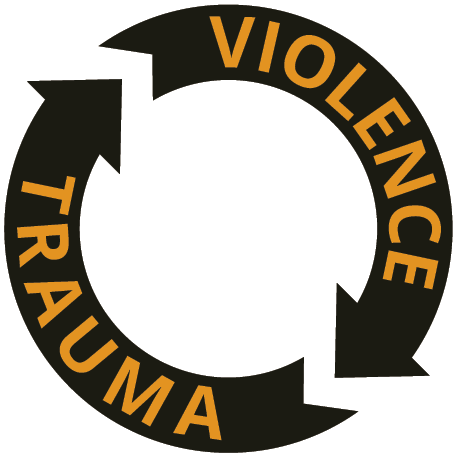Traumatic Event Systems (TES) Training
Train and certify individuals in your organization on the TES model, a responsive methodology that addresses the systemic aftermath of a traumatic event on individuals and communities. Get in touch to learn more about our in-person and virtual training sessions today.
What is TES Training?
“The Traumatic Event Systems Model is a model that is meant to understand the human systems response to trauma…so it is a model that is applied to both the early, initial response to tragedy, that is also meant to support all levels of the human system – so students, staff, parents and caregivers, in a school based response, or workers and their families in an organizational response – and also address the issue of traumatic aftermath."
– J. Kevin Cameron, Executive Director, NACTATR (now CTIP)
The Traumatic Event Systems (TES) Model enhances traditional crisis response practice by providing leaders and professionals with the tools they need to prepare, intervene, and support individuals and communities through the complex and sometimes, lasting effects of trauma.
With the advent of media and social media, we’ve seen how a natural response to trauma can be intensified and amplified far beyond the initial impact zone, needlessly building anger and anxiety within communities. Until recently, the majority of trauma research has focused on the linear impact to the individual; however, the TES Model aims to identify and prevent traumatic events that continuously affect multiple human systems (e.g., families, schools, communities, states, provinces and territories) that may even be located hundreds to thousands of miles away from where the initial trauma occurred.
The TES Model focuses on four phases of assessment and intervention, with necessary distinctions for schools, worksites, and entire communities:
Children and Youth Focus
Phase I: Initial Response: Child and Youth System (e.g., schools, sports teams, clubs or church youth groups, etc.)
Phase II: Comprehensive Strategic Assessment: Adult Systems (e.g., teachers, coaches, support workers, etc.)
Phase III: Community Intervention: Parent & Family System
Phase IV: Traumatic Aftermath: Preparing for the Process of Recovery
Workplace Focus
Phase I: Initial Response: Frontline Staff in the Workplace
Phase II: Comprehensive Strategic Assessment: Adult Systems (e.g., managers & leaders, affiliates, etc.)
Phase III: Community Intervention: Spouse/Partner & Family System
Phase IV: Traumatic Aftermath: Preparing for the Process of Recovery
High-Impact Crises or High-Profile Traumatic Events
Combination of the above
- The Trauma-Violence Continuum

The Benefits of the TES Model & Training
Implement A Practical Method to Address Future Trauma, Together
During TES Training, multidisciplinary teams are led through hands-on situations using real-world examples and actual case studies to quickly and effectively assess the impact of trauma on a community, identify worrisome patterns of behavior, and design change management practices.
The TES Training educates professionals to identify critical periods and predictable time frames in which the likelihood is greater for repeat events, incident duplications, and other high-profile scenarios. These critical periods occur as part of traumatic aftermath and may influence high-risk behavior for years following traumatic events.
Adapt to Your Circumstance
The TES Model is built upon the reality that no two systems function the same: some systems are naturally open to help and support, while others may be closed off to external support due to poor experiences with past trauma. For this reason, the primary role of TES Phase I Intervention is to analyze the human system, then strategically reduce the system anxiety and symptom development that may lead to further trauma.
Focus on Building Resiliency
The TES Model excels in trauma response for children, youth, and adults, who as part of their work are not trained for regular exposure to traumatic stimuli. To further help these individuals cope with the stress of traumatic events, the TES practice considers pre-trauma functioning, resilience, as well as family, school, and workplace dynamics.
Get Ongoing Support
Through regular touchpoints, software, and resources, CTIP helps our partners implement and sustain TES best practices in their communities and networks. Learn more about Outreach, CTIP’s case management and collaboration tool for real-time TES data collection, analysis, intervention, and response strategies.

